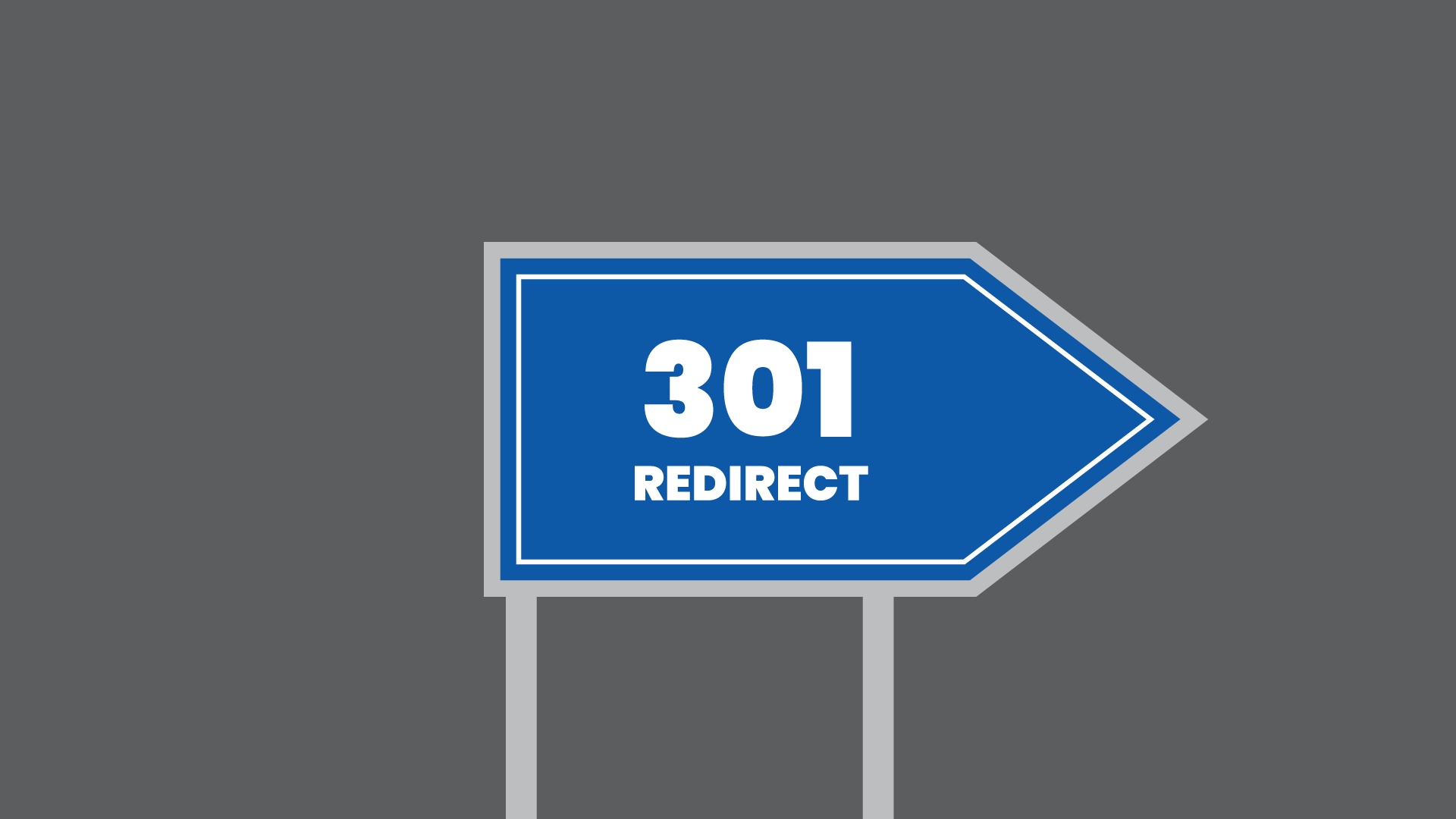After Google’s recommendation of keeping 301 redirects around for no more than a year, the debate around this critical part of an SEO checklist is heating up.
We checked in with the BoostMyDomain community of SEO experts and business leaders to learn of how they’re going about things, and we received in return a whole bunch of quality feedback and tips.
While we can easily draw the conclusion that the timeline should be decided by your SEO team, not Google, read on to see how each recommendation fits into your plan for 301 redirects.
Read on!
Maintain Redirects for At Least One Year
The optimal duration for maintaining 301 redirects is at least one year. This timeframe allows search engines to fully recognize the change and transfer SEO value from the old URL to the new one.
Google’s John Mueller has emphasized that keeping the redirect active for a year ensures that both users and search engines have ample time to adjust to the new URL. This period helps stabilize rankings and minimizes disruptions to organic traffic.
Moreover, maintaining 301 redirects for longer can be beneficial, especially if the old URL continues to receive traffic from external links. Removing redirects too soon can lead to lost traffic and poor user experiences, as visitors may encounter dead links.
In practice, many businesses choose to keep important redirects indefinitely if they still generate significant traffic or if ongoing links are pointing to them.
Ultimately, while a year is a solid baseline, the decision should also consider specific traffic patterns and the potential impact on user experience. Keeping redirects in place until they no longer serve a purpose is often the best approach.

Sheraz Ali
Founder & CEO, HARO Links Builder
Consider User Impact on Redirects
Google suggests removing 301 redirects after a year, but as the May 2024 Google API Leak showed, when it comes to SEO, it’s best to think from first principles.
First principles here suggest that if the user doesn’t notice a difference, Google’s algorithms won’t care as well.
If there is little discernible latency or if the need is high enough for a user to wait for high latency, having 301 redirects for more than a year doesn’t matter.
If 301 redirects and especially redirect chains slow things down to the extent that users bounce, it’s best to clean them up as soon as possible.
Users and searchers bouncing says to Google, “This is not sufficient content, we should recommend something else in our search results.”
Personally, I don’t worry about having 301 redirects for more than a year unless I believe it will cause a user or searcher to bounce.

Edward Sturm
SEO and Marketing Expert, Edwardsturm.com
Keep Redirects Until They Lose Utility
We keep 301 redirects in place until they no longer have utility. Essentially that means if the redirect is still getting hits, then we will keep it in place.
That being said, we do try to mitigate the duration. For example if another site linked to one of our blog articles and then we changed the URL and set up a 301, then we will email that site and ask them to update the link.
I’d estimate our success rate with that kind of outreach is about 30% overall, which might be enough that we can then remove the 301 and return everything to a more direct state.
Consider Site's Structure and Strategy
The optimal duration for maintaining 301 redirects depends on the site’s size, structure, and ongoing SEO strategy.
While Google suggests removing 301 redirects after a year, I believe they can remain longer if the redirect file is manageable and does not hinder site performance. Keeping redirects active helps preserve link equity, maintain referral traffic, and ensure a smooth user experience.
However, for sites with extensive redirect files, it’s wise to periodically audit and consolidate outdated redirects. This can prevent server slowdowns and maintain optimal crawl efficiency.
Following Google’s one-year recommendation as a baseline while regularly monitoring the file size and updating critical redirects strikes a practical balance between performance and long-term SEO health.

Tim Pelletier
SEO Consultant & Owner, Tim Pelletier Consulting, LLC
Maintain Redirects for High-Traffic URLs
Maintaining 301 redirects longer than a year is often beneficial, especially for high-traffic or legacy URLs.
Redirects preserve link equity and ensure users and search engines can find your content seamlessly, even after structural changes. For instance, if an older URL still receives backlinks or significant traffic, keeping the redirect in place prevents disruptions to user experience and rankings.
However, regular audits are essential to identify and remove unnecessary redirects to avoid redirect chains or slowdowns.
Ultimately, the optimal duration depends on your site’s performance and how critical the redirected URLs remain over time.

Brenton Thomas
Founder, Twibi
Strike a Balance Between Functionality and Performance
I see 301 redirects as vital tools for sustaining SEO equity and user experience, especially when managed strategically with platforms like Screaming Frog. While Google suggests a year as a guideline, the optimal duration hinges on the URL’s relevance and traffic.
For high-value pages with significant inbound links or steady organic traffic, maintaining redirects indefinitely ensures consistent link equity and prevents user disruptions.
Using tools like Screaming Frog, you can periodically audit redirects, identify low-traffic or obsolete URLs, and make data-driven decisions. For less critical pages, revisiting the redirect after a year is a balanced approach to conserve resources without sacrificing SEO.
Regular monitoring ensures redirects align with evolving site architecture and goals, striking a balance between functionality and performance.”

Sankit Javiya
SEO Manage, Mailmodo
Analytics Should Guide This Decision
The duration of 301 redirects depends on their impact.
For URLs tied to high-quality backlinks or steady traffic, they should remain permanent. These redirects preserve link equity and user trust, both critical for SEO and overall site performance. Removing them prematurely risks breaking valuable connections and frustrating users.
For lower-impact URLs, a year aligns well with Google’s guidance. This period gives search engines and users ample time to adjust. However, analytics should guide the decision—if a redirect still drives meaningful traffic, extending its lifespan is prudent.
Regular reviews are essential. Accumulating outdated redirects can burden server performance and slow page speed, especially for larger sites. Thoughtful management of redirects not only optimizes SEO but also ensures a seamless user experience.

Arvind Rongala
CEO, Edstellar
Keep the Redirects to Help Users
Here’s the deal—Google says remove 301s after a year, but let’s be real. People aren’t going back to delete links on old tweets, Reddit replies, Quora comments, or their blog posts.
If those links lead to dead ends, that’s a bad look for your brand and whoever shared a link to the original URL. If you take down the redirect, you’re breaking the experience for the user.
Keep the redirect. It’s not hurting you, but it’s definitely helping users.

Kurt Uhlir
Chief Marketing Officer, ez Home Search
A Balanced Approach is Key
While Google’s recommendation is to remove 301 redirects after a year, a more nuanced approach is often beneficial.
The optimal duration for maintaining a 301 redirect depends on several factors:
- The age and authority of the redirected page: Older, authoritative pages may continue to benefit from the 301 redirect, even after a year.
- The relevance of the redirected page to the target page: If the pages are closely related, a longer-term redirect can help maintain search engine rankings and user experience.
- The potential for future changes: If there’s a chance that the redirected page may become relevant again in the future, it’s wise to keep the redirect in place.
Ultimately, a balanced approach is key. While removing unnecessary redirects can streamline your website’s structure, it’s important to weigh the potential benefits of maintaining redirects against the potential drawbacks.

Priyanshu Dubey
SEO Specialist
The BoostMyDomain team thanks these experts and leaders for taking the time to share their valuable insights on 301 redirects.
BoostMyDomain invites you to share your insights and contribute to our authoritative publication. Reach a wider audience, build your credibility, and establish yourself as a thought leader in an industry that caters to every business with an online presence!





